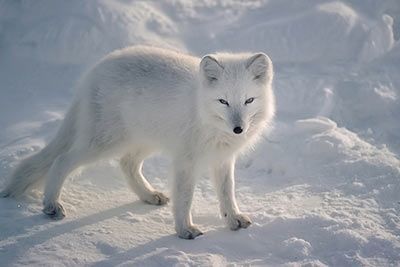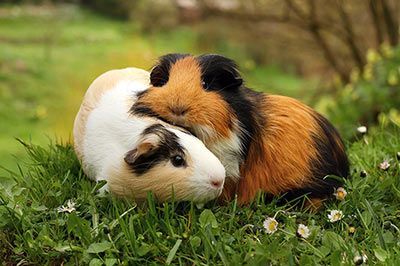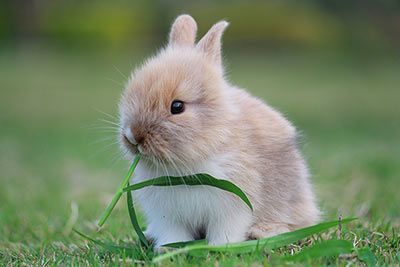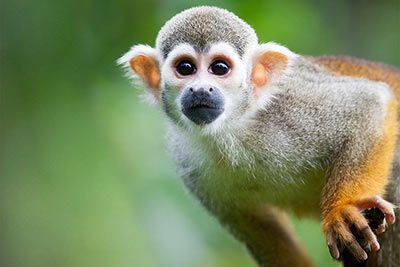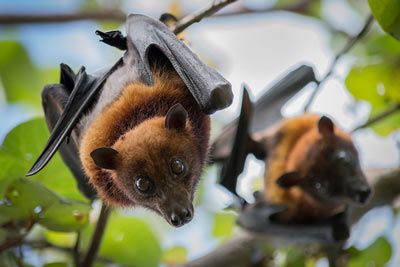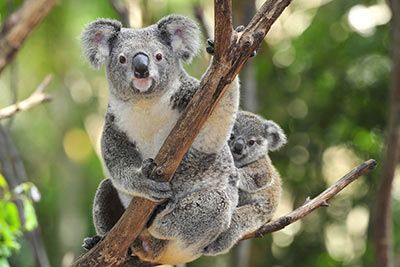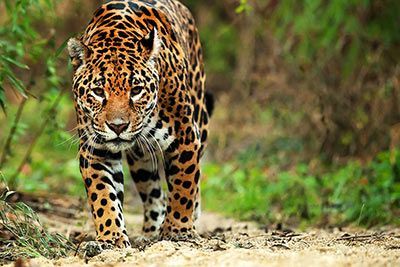Walrus
Walrus Facts
| Size | Up to 12.4 ft (3.8 m) |
| Speed | Up to 22 mph (35 km/h) |
| Weight | Up to 1.7 tons |
| Lifespan | 40-50 years |
| Food | Mussels, snails, crabs |
| Predators | Orcas, polar bears |
| Habitat | Arctic region |
| Order | Carnivore |
| Family | Walrus |
| Scientific name | Odobenus rosmarus |
| Characteristics | Long tusks, deep brown to nearly pink skin |
Main Characteristics
Walruses are seals that live in the Arctic seas of the Earth's northern hemisphere. They are predators and primarily prey on mussels. Walruses are famous for their big, long tusks. Yet, they are not able to catch their prey with them. The tusks are just too big and impractical for this.
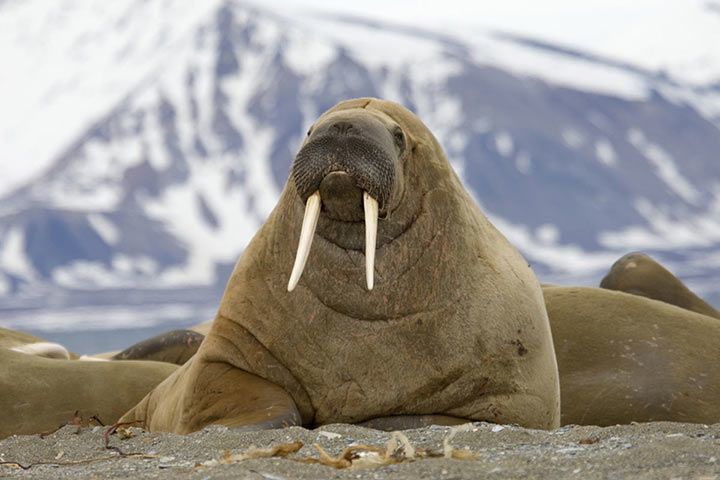
Anatomy and Appearance
Size and Weight
Walrus or Polar bear – who Is bigger? With a weight of approximately 1,984 lb (900 kg), the Polar bear is too heavy for any weighing scale. The walrus weighs even more: A grown-up male walrus can get heavier than 3,300 lb (1,500 kg). The walrus is also bigger. While it can grow 12.4 feet (3.8 meters) in length, the Polar bear is no more than 10 feet (3.1 meters) long.
Tusks
With their tusks walruses defend themselves against hungry polar bears. In most cases the polar bear is the loser of the battle and often fatally wounded. Yet, the walruses use their teeth mainly to heave their bodies from the water onto ice floes or rocks. If there is no hole in the icy surface, the tusks can be used just like an ice-pick. By the way: The boss of the walrus community is the one with the biggest tusks!
What Do Walruses and Trees have in Common? You can easily tell the age of a tree by counting its growth rings. It is quite similar with walruses: Their teeth also contain “growth rings”.
Our knowledge article has even more exciting information about teeth in the animal kingdom!
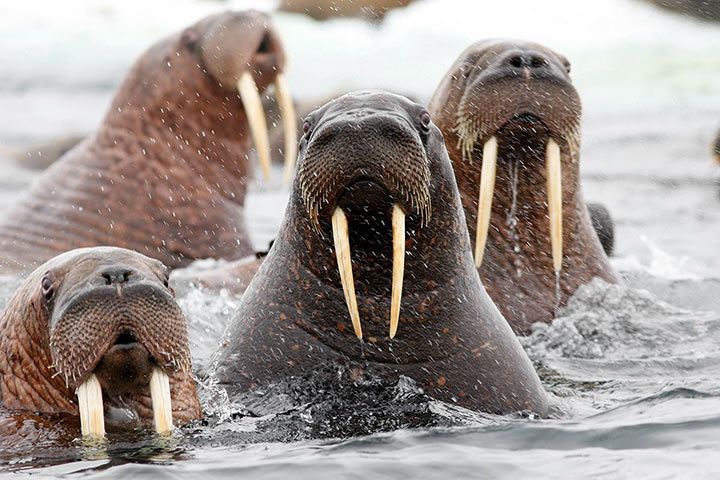
Diet
Walruses love nussels to bits. In order to get at the delicious meat, they press their lips against the shell and suck it out. One meal consists of 3,000 to 6,000 mussels!
Senses and Abilities
How Long Can They Hold Their Breath?
When walruses dive for prey, they can stay underwater for up to 30 minutes. They do not dive very deep, but mostly stay in shallow coastal waters up to 262 feet (80 meters) deep.
How Do They Survive in Arctic Sea?
Walruses spend more than two thirds of their lifetime dabbling in the water. In order not to freeze to death at icy temperatures, they have a layer of fat, which is up to 6 inch (15 cm) thick. During the winter it accounts for about one third of the walrus’s total weight.
Walruses Use Their Whiskers to Locate Prey
When they are hunting, they use their (up to 450!) whiskers on their snouts to detect prey in the water. They blow at their victims to make them move and then catch them.
Speed
Walruses can move suprisingly fast on land. Walruses might appear rather plump when they are moving on all fours across the shore. Yet, they can move as quickly as a human being.
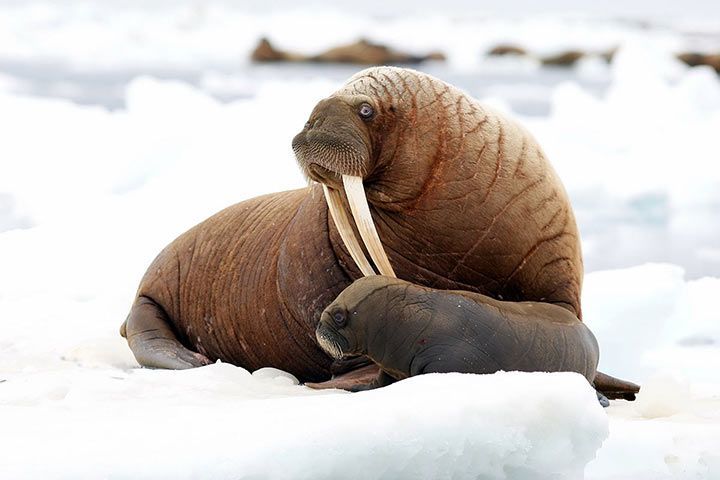
Reproduction
Walruses take their time. Their pregnancy lasts 11 months and they never give birth to more than one calf. Twin births are very rare.
Fun Facts
Walruses Can Get Sunburned
Did you know that walruses are animals, that can get sunburned?
The Walrus Is Related To:
- Elephant Seal
- Fur Seal
- Seal
- Sea Lion
Animals in the Same Biome:
- Watch Now on animalfunfacts.net:
 All About Mammals
All About Mammals













